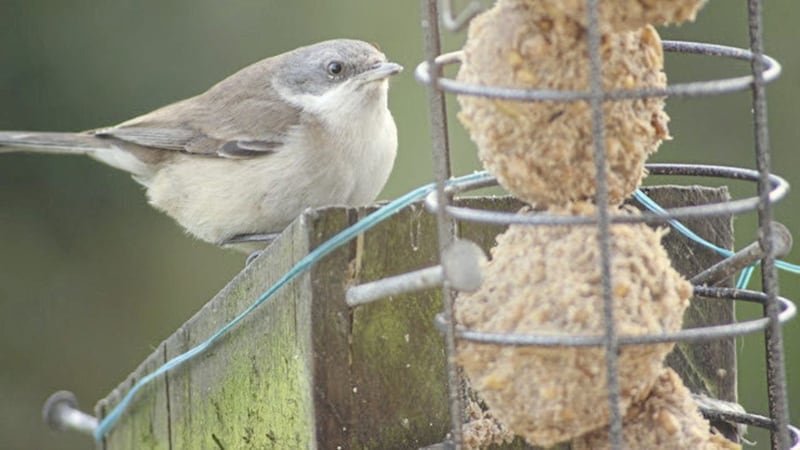ALTHOUGH the terms twitcher and bird watcher are frequently used interchangeably, especially by the media and many in the wider public, the word ‘twitcher‘ has a specific definition and serious birdwatchers take great exception to being called twitchers. There's a world of difference between the two.
A twitcher is someone who will go to extreme lengths to view a new or rare bird species purely to add it to a life list of birds which they have seen. For some this pursuit can turn into an obsession and can involve extensive travel within countries and beyond. With an extensive intelligence network, they are ready to set off in an instant, day or night in the hope of seeing some elusive species.
The use of the term twitcher is thought to have first appeared in the 1950s and was used to describe the nervous behaviour of British bird watcher Howard Medhurst, who travelled long distances by car to see rare birds.
?Because the activity can be extremely competitive in terms of lists, twitchers are sometimes considered highly stressed, nervous individuals, who literally twitch. Prior to this, those who chased rare birds were known as tally-hunters, or tick-hunters, with some suggesting that the word 'twitcher' derives from 'ticker’, or 'tick-hunter'.
All of this leads neatly to the excitement created near my hometown of Dromore when a very rare bird turned up recently to delight birdwatchers and twitchers alike. In the townland of Corraheskin – Currach eascaoin: the rough, uneven marsh – a lesser whitethroat joined the many local resident birds at the nut and fat feeders in the garden of the O’Brien family.
Keen observers of the natural world, they quickly knew their visitor was a stranger and not a bird they had seen before. After posting a photograph online, it soon became clear to them that they had indeed a rarity in their midst.
Sylvia curruca is a compact, short-tailed warbler with a grey forehead, crown and nape. Its upperparts are a dark greyish brown while underneath it has a grey white chest and white throat.
A very rare breeding species here, it is a fairly common summer breeder in Britain, where it remains until September before returning to its wintering grounds in Africa. Why this tiny bundle of only 12 grams is so far from its normal territory, nobody is entirely sure.
The bird is known to be strongly migratory and although very scarce, reports of their presence in Ireland in early autumn have increased in recent years.
It wasn’t long until phones began ringing and social media spread the news among the birding world about Dromore’s lesser whitethroat. Before long, Brian and Breige were welcoming bird enthusiasts from Belfast, Dublin, Monaghan and elsewhere, all keen to get a glimpse of this typically busy warbler.
Some of the experts suspect that because of the bird’s overall pale complexion, it may be another form or subspecies of the whitethroat known as the eastern lesser whitethroat, which comes from Siberia. Reports indicate that sightings of this form of the bird, referred to as Sylvia curruca blythi, have increased in Britain and Ireland over the past decade or so.
The reasons for this are unclear, but in recent days ornithologists have been back to ring the bird and extract DNA to help establish precisely its identity.
Thanks, Breige and Brian, for alerting us to this bird and opening up your house so generously to friends, neighbours, myself and bird enthusiasts from all over. Your hospitality has been greatly appreciated by all – and, I suspect, by the well-fed whitethroat itself.








